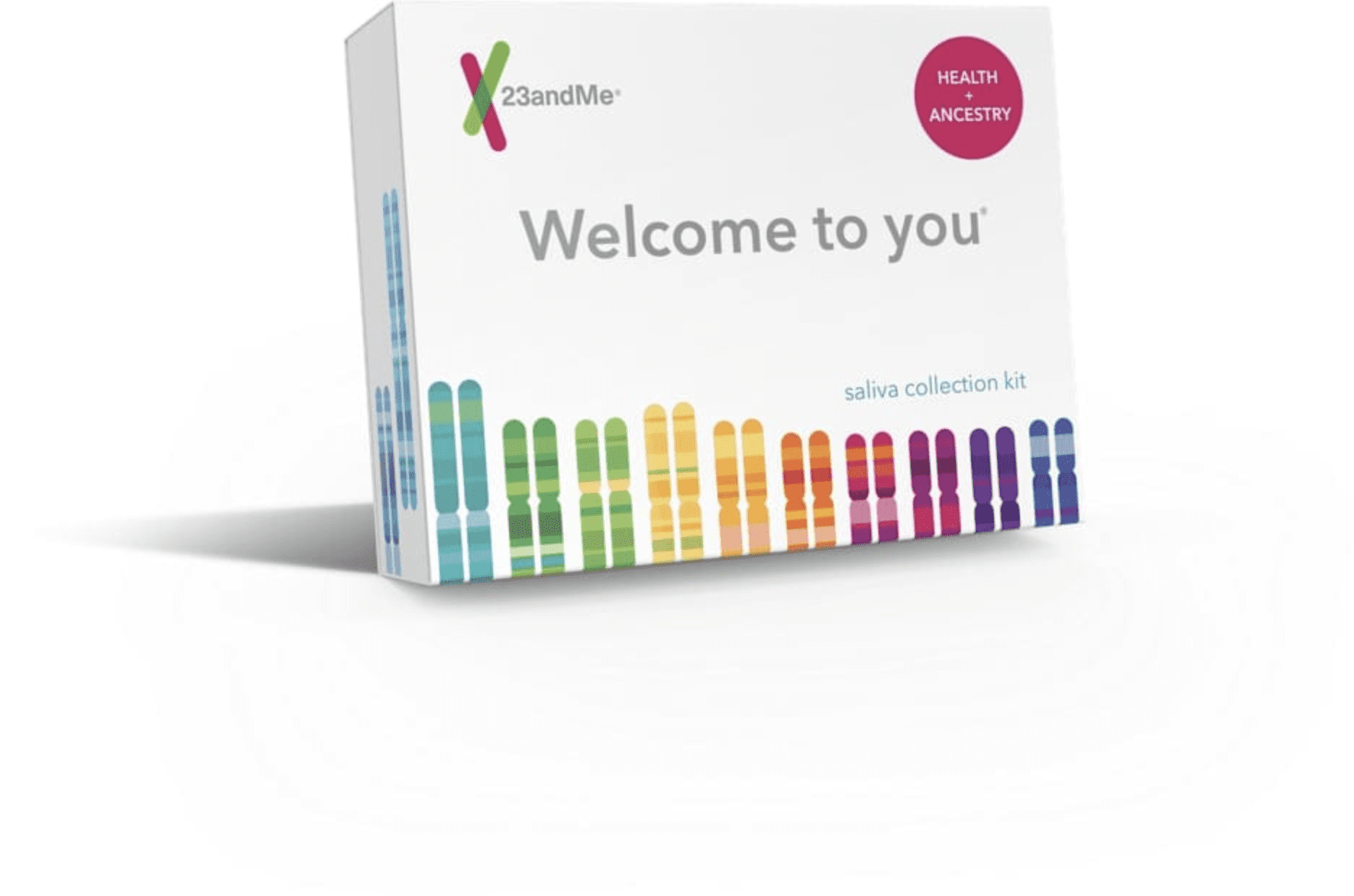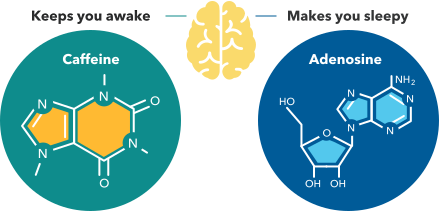How it works
When it’s time to hit the sack (or just take a nap) our bodies let us know by firing off a molecule called adenosine. Caffeine helps perk us back up by blocking adenosine’s signals.
The genetic link
Scientists have identified genetic variants that influence how your body handles caffeine. These variants are located near two genes: CYP1A2 and AHR. Variants in these genes may affect how quickly the body breaks down and clears away caffeine.

Did you know?
Caffeine interferes with the brain system that causes sleepiness. A molecule called adenosine acts as a signal between brain cells to bring on sleepiness. Caffeine blocks adenosine’s signals, making you feel more alert. This is also why caffeine can make it hard to fall asleep and interfere with deep sleep.
Explore more
Have you ever wondered why you drink more or less caffeine than your friends? 23andMe’s Health + Ancestry Service can help you learn about genetic factors that may be involved. Order a kit, send us your spit, and find out what your genetics predict about your caffeine consumption level.

Health + Ancestry Service
References
Fredholm BB. (2011). “Notes on the history of caffeine use.” Handb Exp Pharmacol. (200):1-9.

Leave a Reply